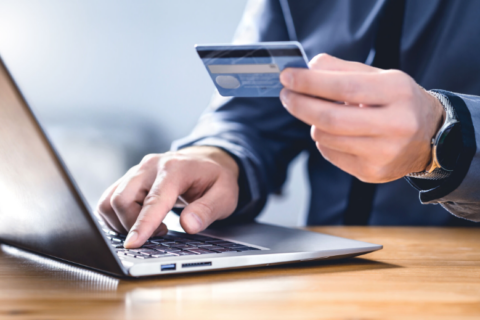Interest on those federal student loans picks back up next month and payments will be due in October, marking the end of a more than three-year pause on payments.
The unprecedented suspension provided relief for millions of borrowers faced with the financial fallout of the pandemic. Now, the transition to repayment is highlighting the financial hardships many borrowers face.
A recent survey by Credit Karma showed about 45% of borrowers expect to go delinquent on their student loan payments once forbearance ends. About 53% said they struggle to pay other bills, including mortgages, credit cards and car loans.
When repayment starts, households with incomes under $50,000 report that they will have to choose between student loans and other expenses like groceries and rent. Another 75% of borrowers said they are also responsible for providing for families and will face tough financial choices once payments resume.
For those borrowers who have managed to find financial security since payments were put on hold three years ago, almost half plan to cut back on nonessential spending, while 40% plan to take on additional work. About a quarter will dip into emergency savings or reduce retirement contributions.
“Federal student loan borrowers will face a new normal as payments are set to resume,” Credit Karma Consumer Financial Advocate Courtney Alev said.
So, what should borrowers do now?
“We recommend borrowers review their cash flow over the last few months to see if they have money left over to put toward their payments. If that’s not the case, they should look for areas they might be able to cut back on their spending,” Alev said.
While only 34% plan to apply for an income-driven repayment plan to lower monthly payments, the Biden administration has put a one-year leniency program in place to assist borrowers who miss payments. Loans will not be considered delinquent during this time, but interest will continue to accrue.
Borrowers are also encouraged to visit studentaid.gov to learn more about repayment options.








